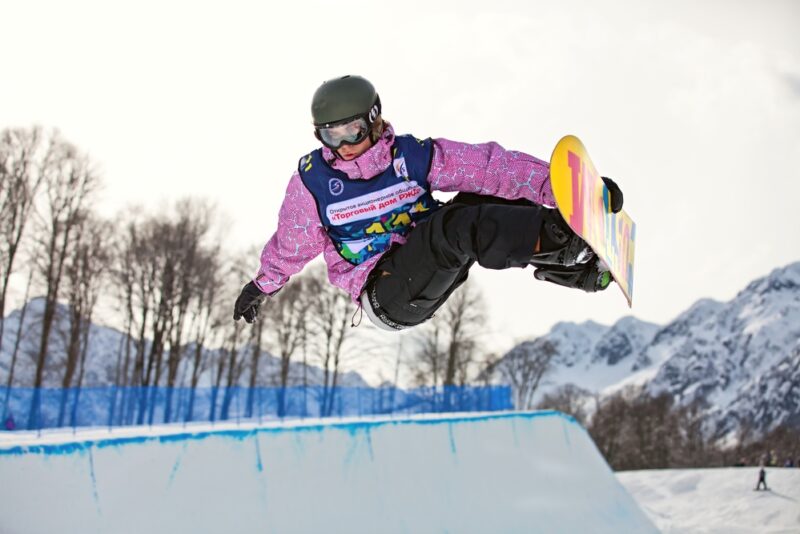Every four years, the world stops and comes together to celebrate world-class athletes as they compete at the highest level.
As spectators, it is awe-inspiring to watch the best of the best break records and win the highest prize: an Olympic gold medal.
The recently concluded Winter Olympic Games in Pyeongchang showcased some of the most dangerous sports in the world.
Slope-style snowboarding, freestyle skiing, bobsled and skiing/snowboard half-pipe have some of the highest injury rates per athlete of all sports. Famed American winter athletes such as Lindsey Vonn and Shaun White expose themselves to potential injuries like broken bones, torn ligaments and cranial and spinal trauma in each training session and competition.
Two of America’s most decorated winter athletes, Lindsey Vonn and Shaun White, both have experienced several severe injuries in their careers including spinal and cranial trauma.
Lindsey Vonn, Olympic skiing medalist, faced a major injury in her back with an acute facet (spinal joint) dysfunction before the 2017-2018 World Cup while Shaun White, Olympic half-pipe snowboard medalist, suffered a cranial and facial injury in October 2017 that required 62 stitches, hospitalization and concussion monitoring.
Fortunately, Vonn and White recovered from these injuries and have sustained lengthy careers in their specialty sports.
However, there are countless of other athletes whose careers have ended short due to increasing pressures to perform trickier jumps and reach higher speeds even while still recovering from injury.
The 2018 Winter Olympics emphasized how much Olympic athletes’ bodies endure throughout their careers and how each run down a slope or half-pipe is a chance for a potentially lethal accident.
Untreated spinal and/or cranial injuries can lead to severe and life-altering repercussions. For example, ex-snowboarder Kevin Pearce, experienced a career-ending crash, in which he sustained a traumatic brain injury that caused him to be in a coma for weeks.
Two weeks prior to this horrible crash, Pearce suffered a separate incident. He showed the signs of head trauma including nausea, sluggishness and mental fogginess; yet, he continued to compete despite the warning signs. Pearce has since spoken out about the dangers of competing while injured with head trauma.
In most cases of traumatic spinal and brain injuries, immediate action is needed and more importantly, time for the body to heal is critical. World-class snowboarder, Iouri Podladtchikov, took the appropriate precautions for recovering from a traumatic brain injury by pulling out the 2018 Winter Olympics completely.
Podladtchikov crashed in an event prior to the Olympics, which left bruising and contusions on his brain. He released a statement saying it would not be responsible or safe for him to compete.
His decision not only saved his brain and body from more damage and long-term consequences, but set a positive example for other athletes to allow their bodies to heal after spinal and/or head trauma.
It was a pleasure to watch all of the Winter Olympic athletes compete and we, at Kuether Brain & Spine, wish to see all athletes succeed in their careers injury free.
Additionally, for our local community members and athletes, Kuether Brain & Spine works to find the best solutions for each individual patients spinal and brain health needs. We strive to help our patients live a happy, healthy, active and pain-free life, just like we wish for all of the Olympians who competed.










